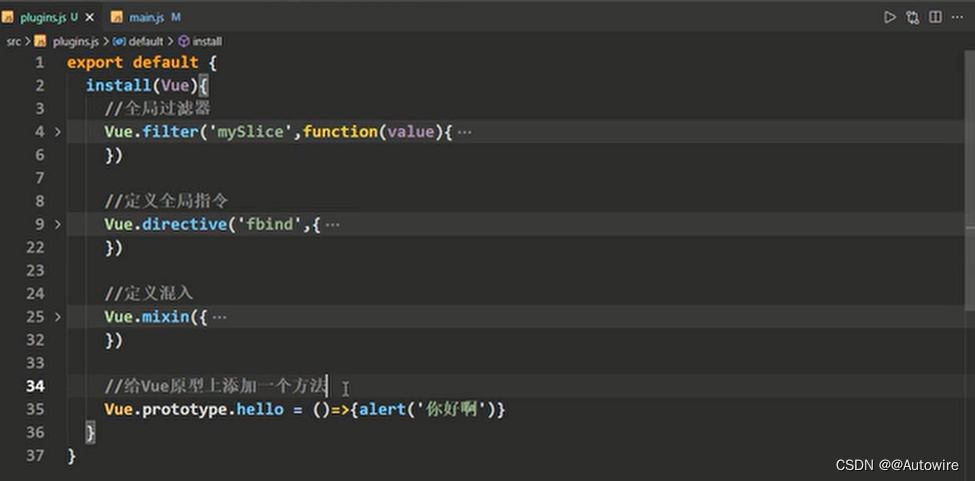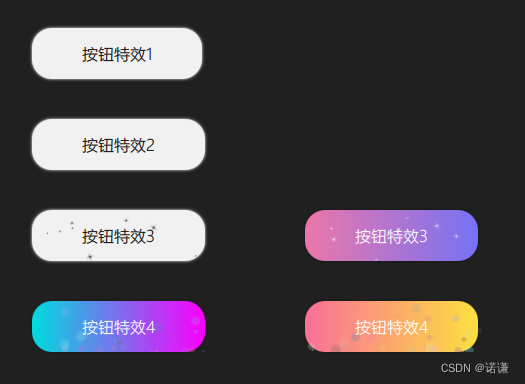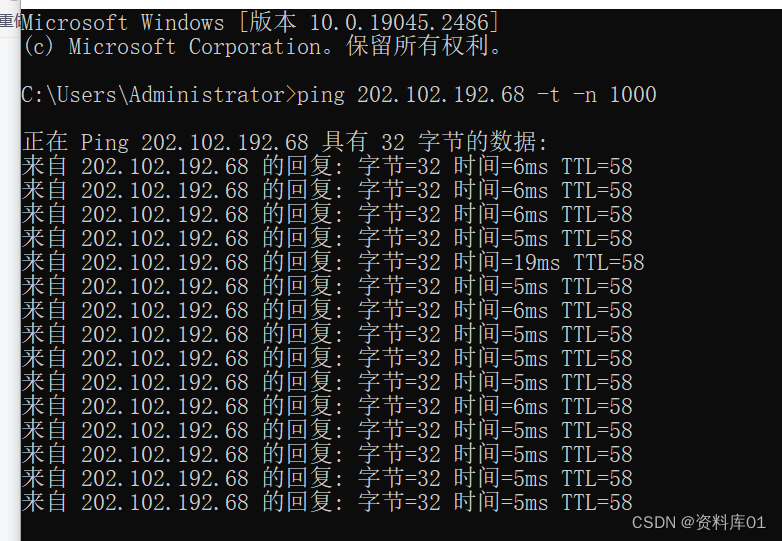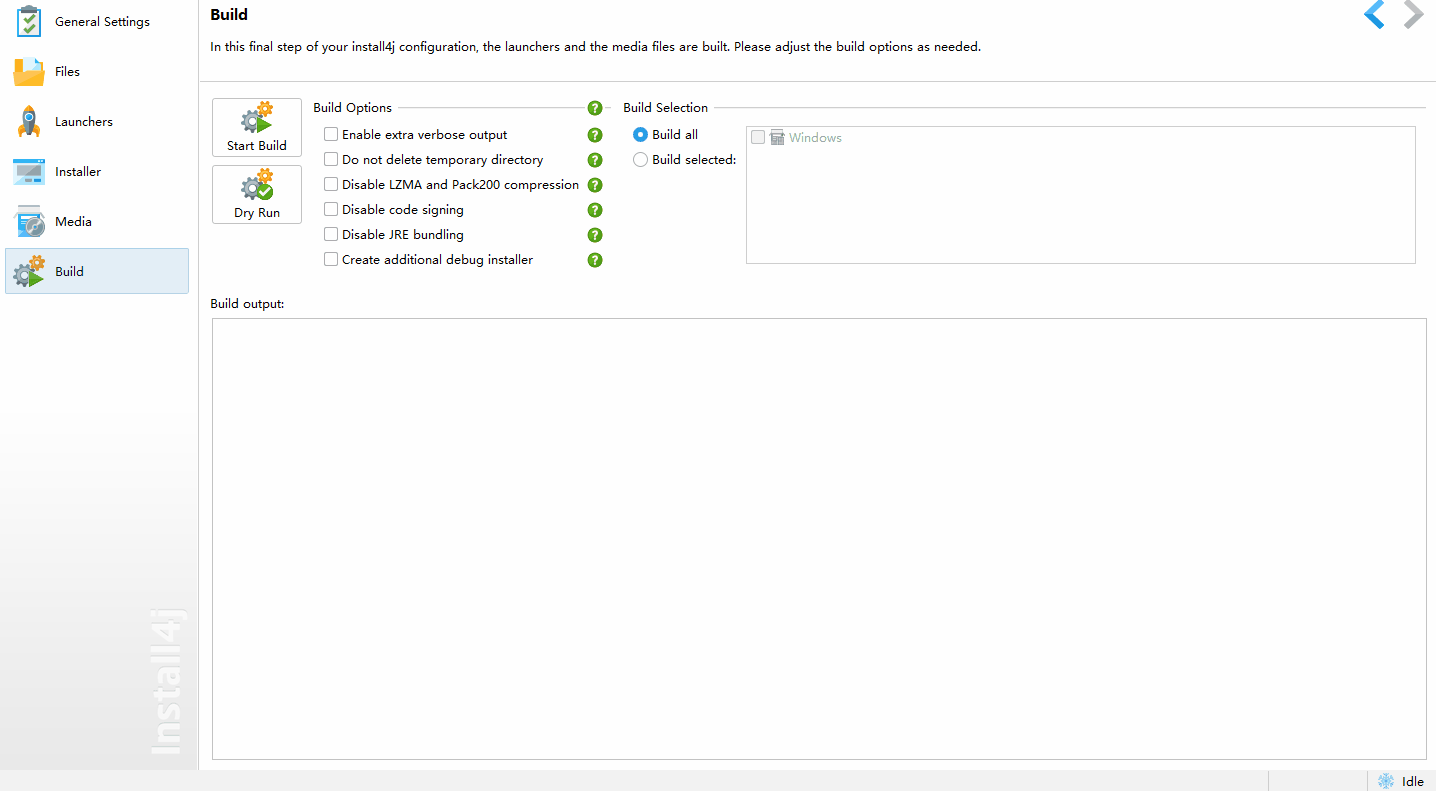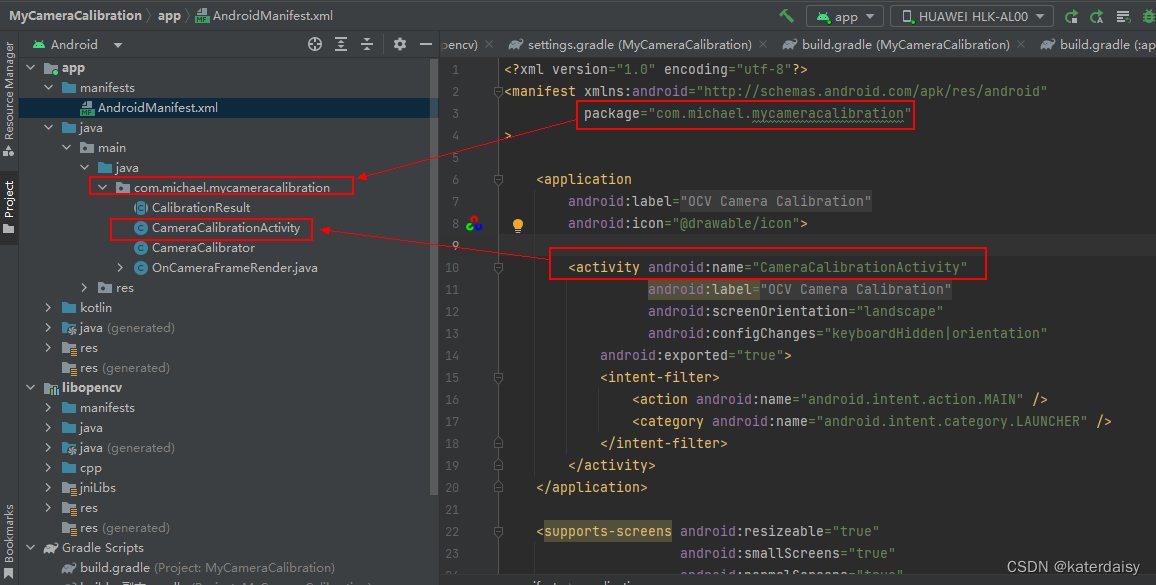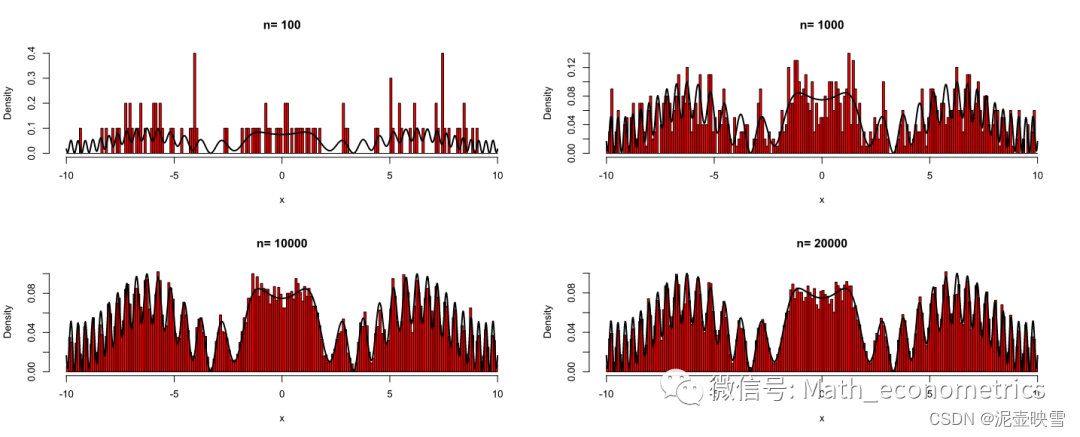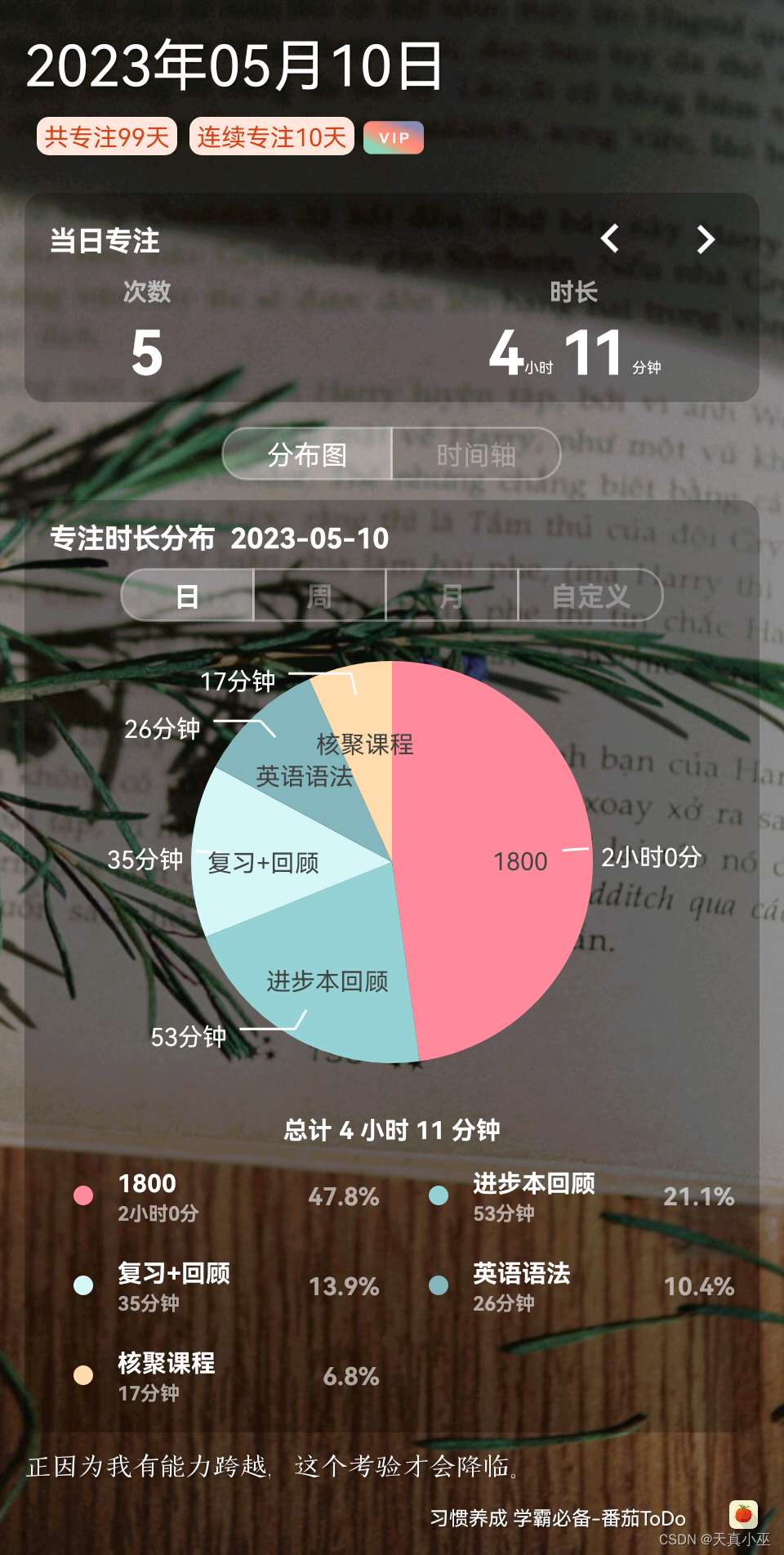1 ref属性
对于传统的HTML而言,id 和 ref确实没有什么差别,但是对于组件来说就不一样了。给组件加id,打印出获取的结果为组件所对应的完整DOM结构。给组件加ref,打印出获取的结果就是VueComponent实例。
- 被用来给元素或子组件注册引用信息(id的替代者)
- 应用在html标签上获取的是真实DOM元素,应用在组件标签上是组件实例对象(vc)
- 使用方式:应用在html标签上获取的是真实DOM元素
<h1 v-text="msg" ref="title"></h1>
this.$refs.title
<template>
<div>
<h1 id="title" v-text="msg" ref="title"></h1>
<button ref="btn" @click="showDOM">点我输出上方的DOM元素</button>
</div>
</template>
<script>
export default {
methods: {
showDOM() {
console.log(document.getElementById('title')) // sout : <h1 id="title">Hello zhaoshuai-lc</h1>
console.log(this.$refs.title) // sout : <h1 id="title">Hello zhaoshuai-lc</h1>
}
}
}
</script>
- 使用方式:应用在组件标签上是组件实例对象(vc)
<template>
<div>
<HelloWorld ref="hello"/>
<button ref="btn" @click="showDOM">点我输出上方的DOM元素</button>
</div>
</template>
<script>
import HelloWorld from './components/HelloWorld.vue'
export default {
methods: {
showDOM() {
console.log(this.$refs.hello)
}
}
}
</script>

2 props属性
2.1 父组件给子组件传值
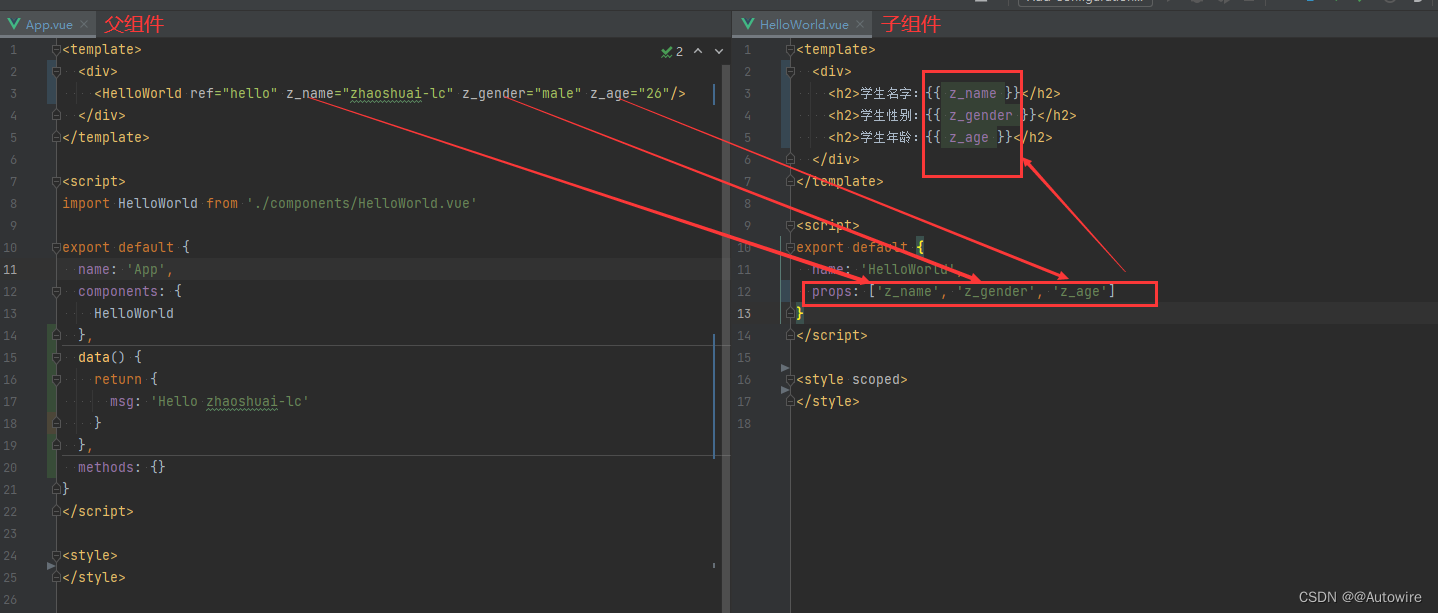
学生名字:zhaoshuai-lc
学生性别:male
学生年龄:26
2.2 但是这里会出现一个问题:假设我们给父组件传过来的值{{ age + 1 }}

这里是父组件传值 :这里导致的问题
<template>
<div>
<HelloWorld ref="hello" z_name="zhaoshuai-lc" z_gender="male" z_age="26"/>
</div>
</template>
解决方案:加一个冒号 :
:z_age=""
"作为表达式"
<HelloWorld ref="hello" z_name="zhaoshuai-lc" z_gender="male" :z_age="26"/>
2.3 万一父组件传值没有注意呢?我们应该子组件也加一个限制,对子组件props 的格式做调整:
props: {
z_name: String,
z_gender: String,
z_age: Number
},
还可以更加精确:
props: {
z_name: {
type: String,
required: true
},
z_gender: {
type: String,
required: true,
default: 'male'
},
z_age: {
type: Number,
required: true,
default: 100
},
},
2.4 props是只读的,值是不能修改的
props是只读的,Vue底层会监测你对props的修改,如果进行了修改,就会发出警告,若业务需求确实需要修改,那么请复制props的内容到data中一份,然后去修改data中的数据。
3 mixin属性
不同组件之间的代码重复问题 - mixin可以把多个组件共用的配置提取成一个混入对象

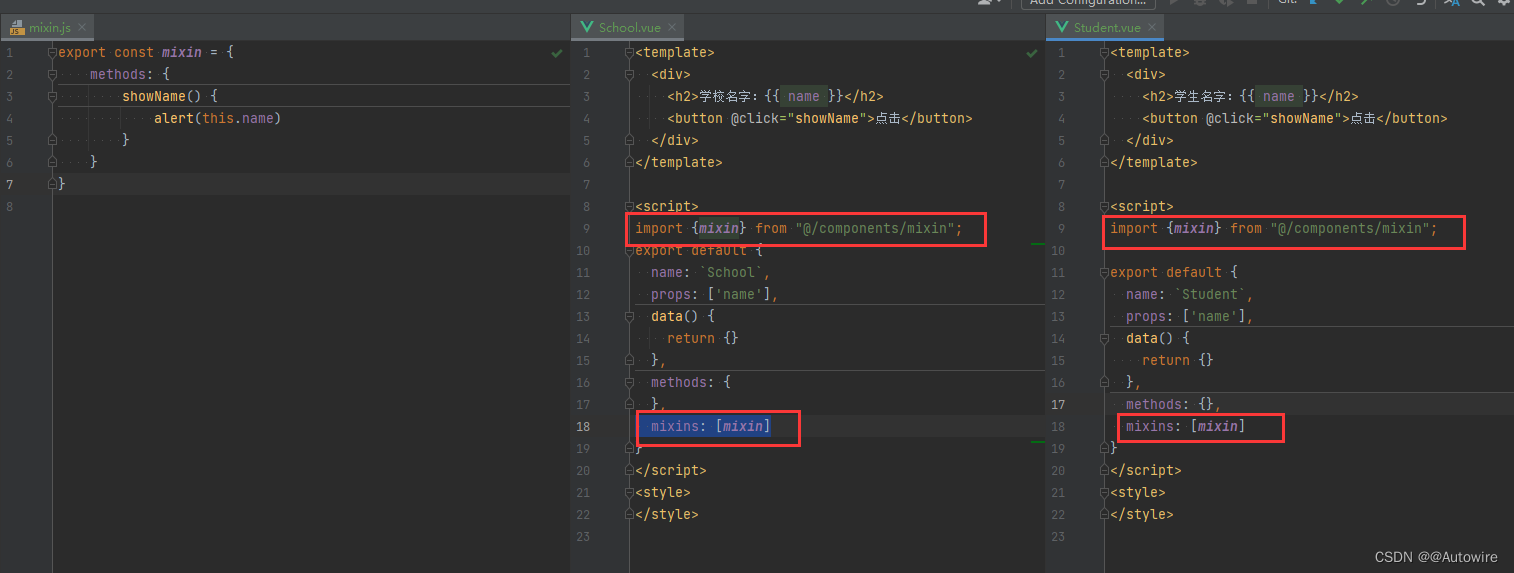
在混合中写周期函数,即复用配置的做法:原则:
- 对于data的而言,自己有则用自己的,若没有的话就用混合中的
- 但是对于生命周期函数,不以任何为主,周期函数都要【混合在前,自己在后】
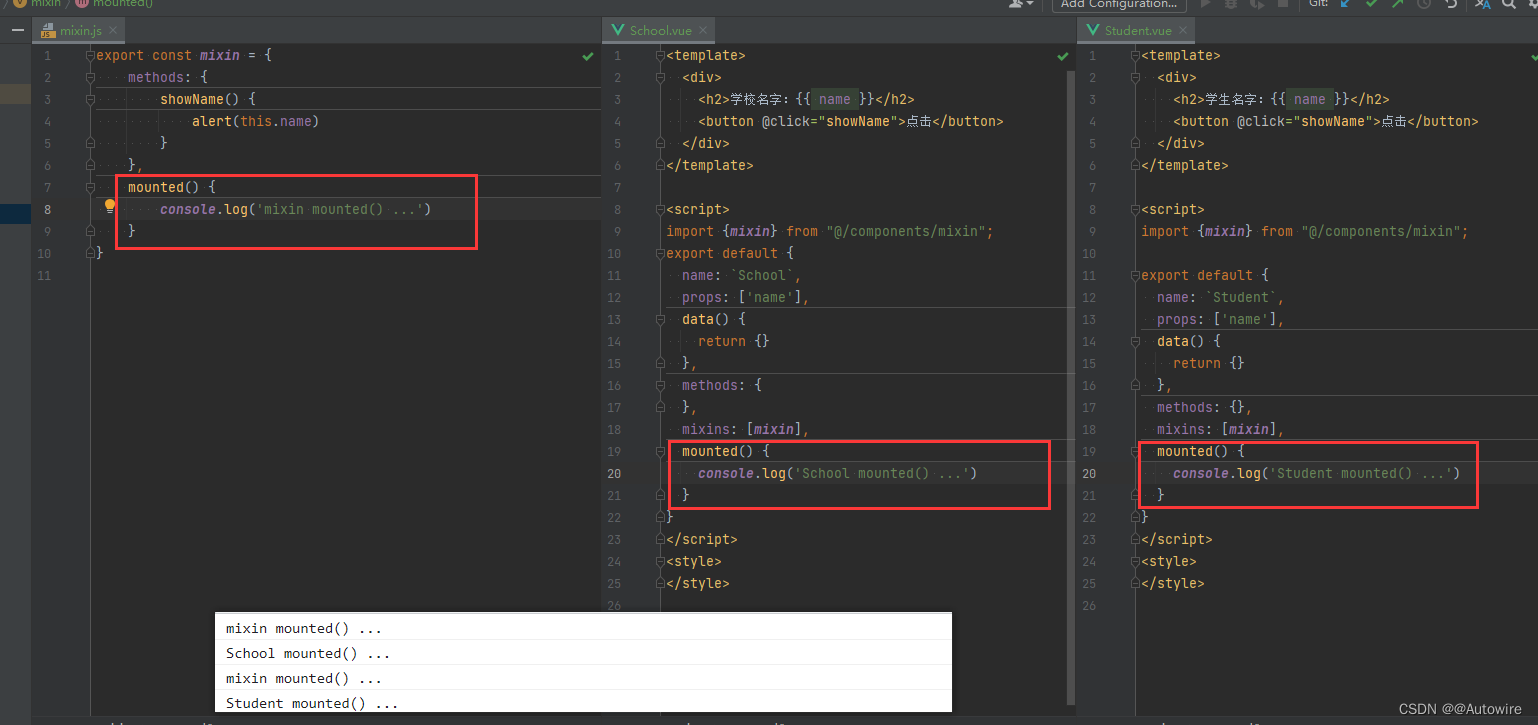
import Vue from 'vue'
import App from './App.vue'
import {mixin, data} from './mixin'
Vue.config.productionTip = false
Vue.mixin(mixin)
Vue.mixin(data)
new Vue({
render: h => h(App),
}).$mount('#app')
4 plugins 属性
功能:用于增强Vue
本质:包含install方法的一个对象,install的第一个参数是Vue,第二个以后的参数是插件使用者传递的数据。

我们可以发现install的第一个参数为vue实例对象:
@@@install, ƒ Vue(options) {
if ( true && !(this instanceof Vue)) {
warn('Vue is a constructor and should be called with the `new` keyword');
}
this._init(options);
}
利用这一点,我们可以做很多事情:
